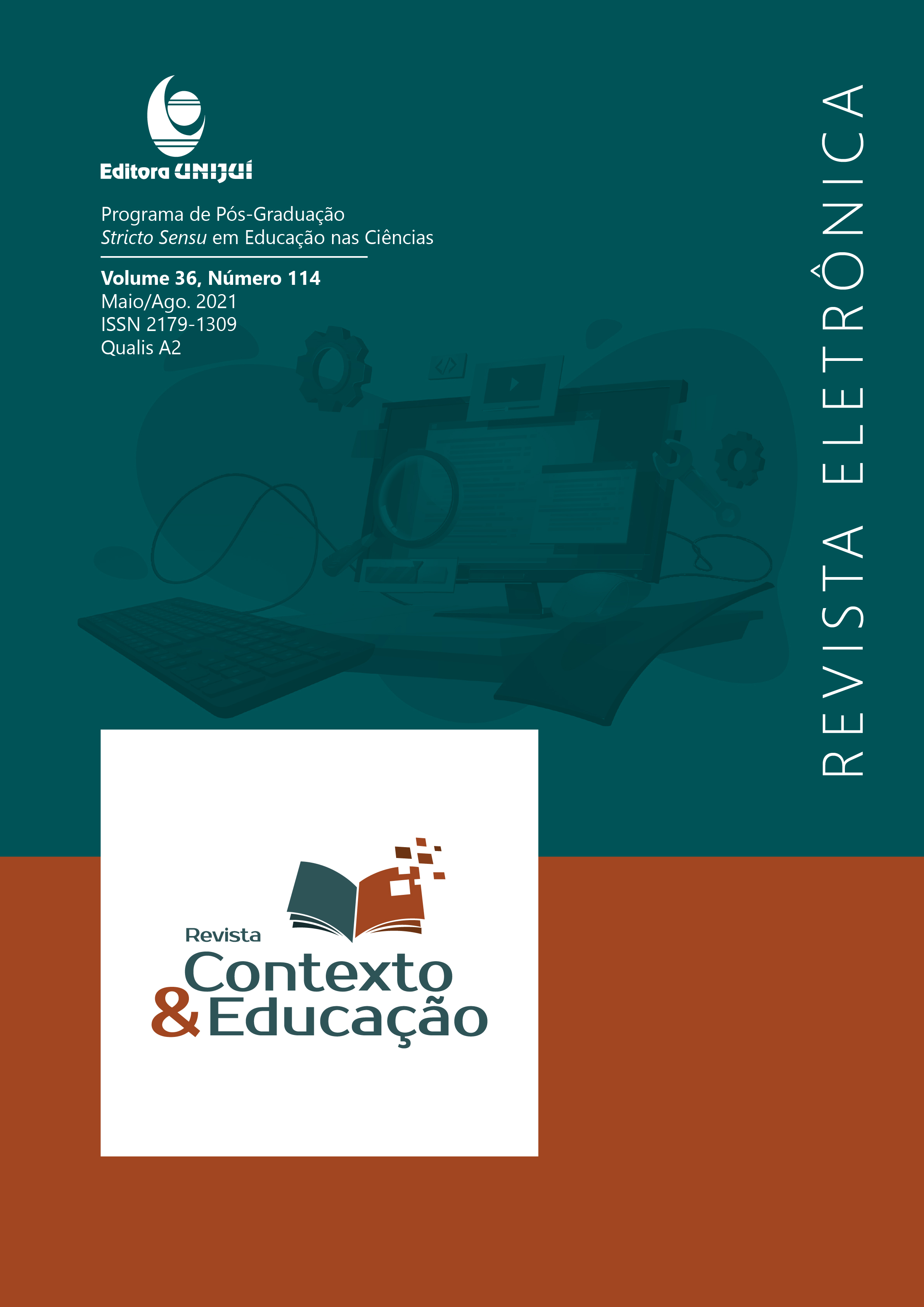NÍVEIS DE MATURIDADE E CAPACIDADE DO PENSAMENTO COMPUTACIONAL AO TÉRMINO DO ENSINO FUNDAMENTAL
MATURITY LEVELS AND CAPACITY OF COMPUTATIONAL THINKING AT THE END OF ELEMENTARY SCHOOL
DOI:
https://doi.org/10.21527/2179-1309.2021.114.89-104Keywords:
Pensamento Computacional; Níveis de Maturidade e Capacidade; Análise Multivariada de Dados; Modelagem de Equações Estruturais.Abstract
O conceito de Pensamento Computacional tem sido polêmico e estudos recentes mostram que esse tipo de pensamento não está bem estabelecido, sobretudo no currículo da educação básica. Contudo, esse trabalho teve como objetivo construir uma métrica que representa a capacidade de pensamento computacional dos estudantes ao término do ensino fundamental. Para isso, foi utilizado um instrumento espanhol de diagnóstico de Pensamento Computacional, que por meio de uma abordagem quantitativa de característica exploratória-descritiva, atendendo ao rigor das técnicas estatísticas de análise multivariada de dados, possibilitou construir e validar um modelo integrado por três dimensões estruturantes: algoritmo, reconhecimento de padrão e decomposição. Buscou-se responder à pergunta chave de quais são as habilidades que os estudantes ao término do ensino fundamental de uma cidade do oeste paulista mobilizam e articulam diante da resolução de problemas, por meio de tarefas desplugadas de fundamentos da ciência da computação. Um total de 462 estudantes responderam voluntariamente ao teste de Pensamento Computacional no período de outubro a dezembro de 2019, o que corresponde a 74,6% dos concluintes do ensino fundamental no município de Santa Cruz do Rio Pardo.
Downloads
Published
How to Cite
Issue
Section
License
By publishing in Revista Contexto & Educação, authors agree to the following terms:
All works are published under the Creative Commons Attribution 4.0 International License (CC BY 4.0), which allows:
Sharing — to copy and redistribute the material in any medium or format;
Adaptation — to remix, transform, and build upon the material for any purpose, even commercially.
These permissions are irrevocable, provided that the following terms are respected:
Attribution — authors must be properly credited, a link to the license must be provided, and any changes made must be indicated.
No additional restrictions — no legal or technological measures may be applied that legally restrict others from doing anything the license permits.
Notices:
The license does not apply to elements that are in the public domain or covered by legal exceptions.
The license does not grant all necessary rights for specific uses (e.g., image rights, privacy, or moral rights).
The journal is not responsible for the opinions expressed in the articles, which are the sole responsibility of the authors. The Editor, with the support of the Editorial Board, reserves the right to suggest or request modifications when necessary.
Only original scientific articles presenting research results of interest that have not been previously published or simultaneously submitted to another journal with the same purpose will be accepted.
Mentions of trademarks or specific products are intended solely for identification purposes and do not imply any promotional relationship by the authors or the journal.
License Agreement (for articles published from October 2025): Authors retain the copyright to their article and grant Revista Contexto & Educação the right of first publication.


